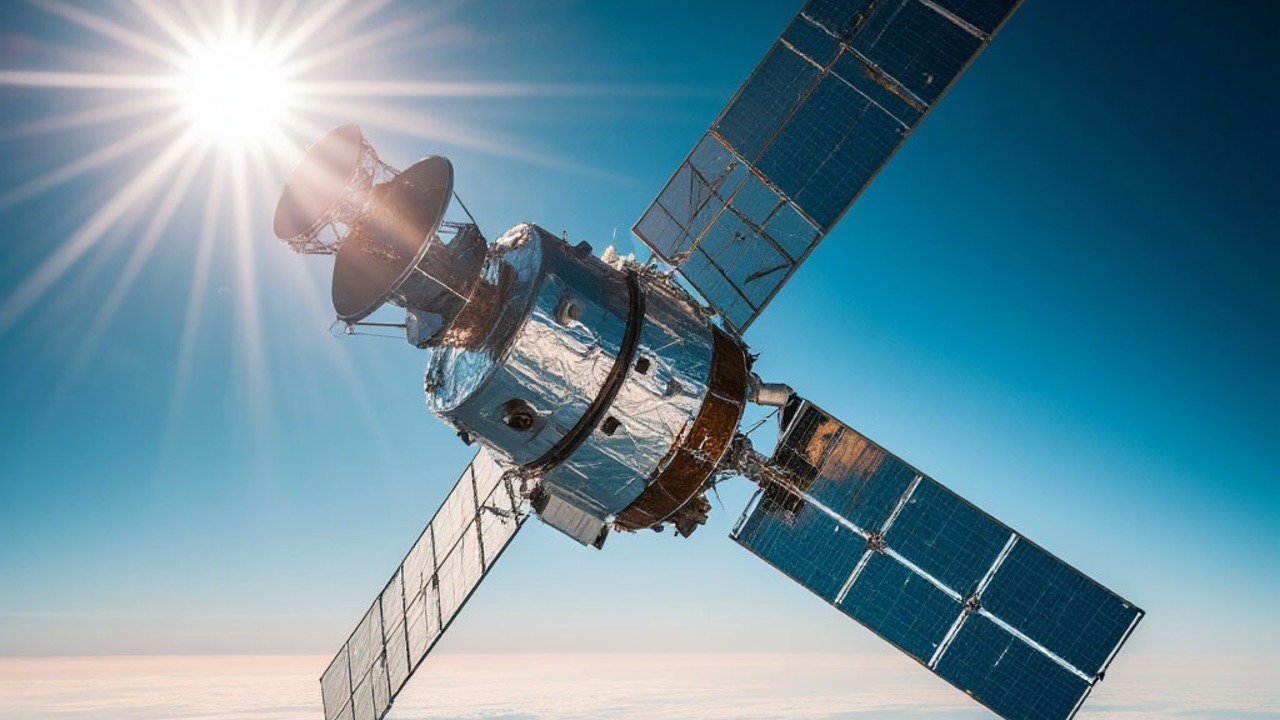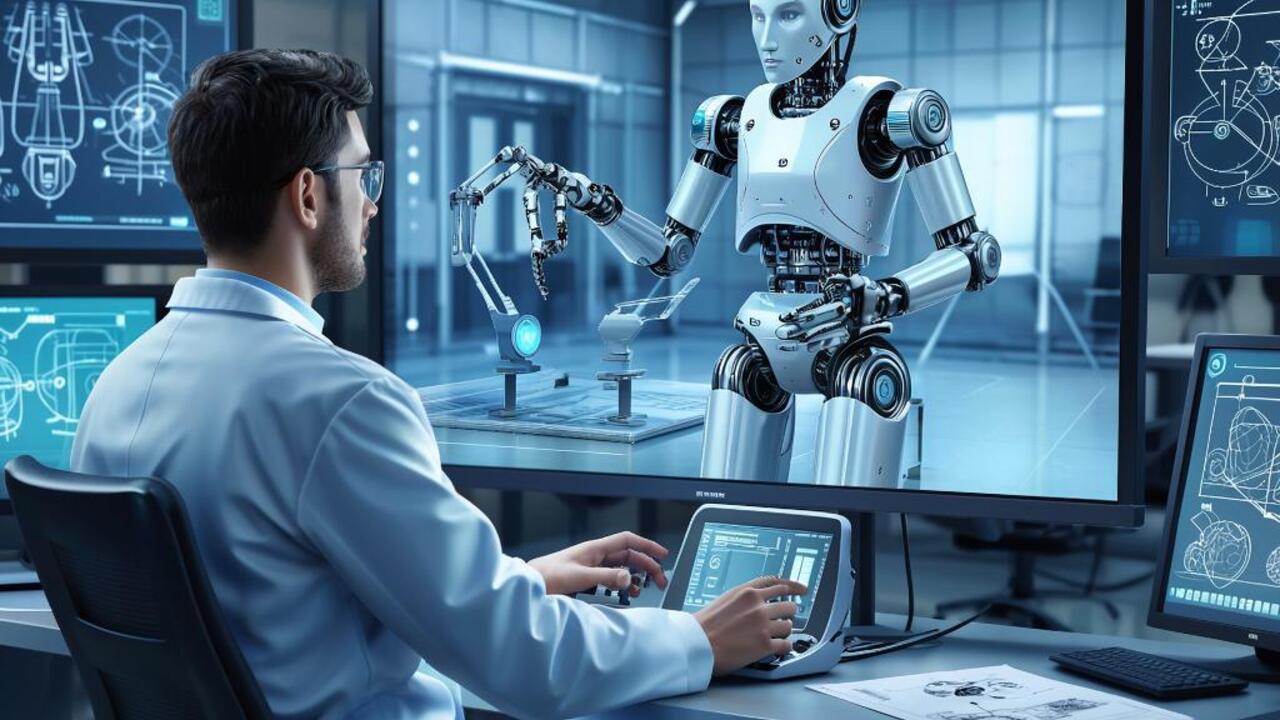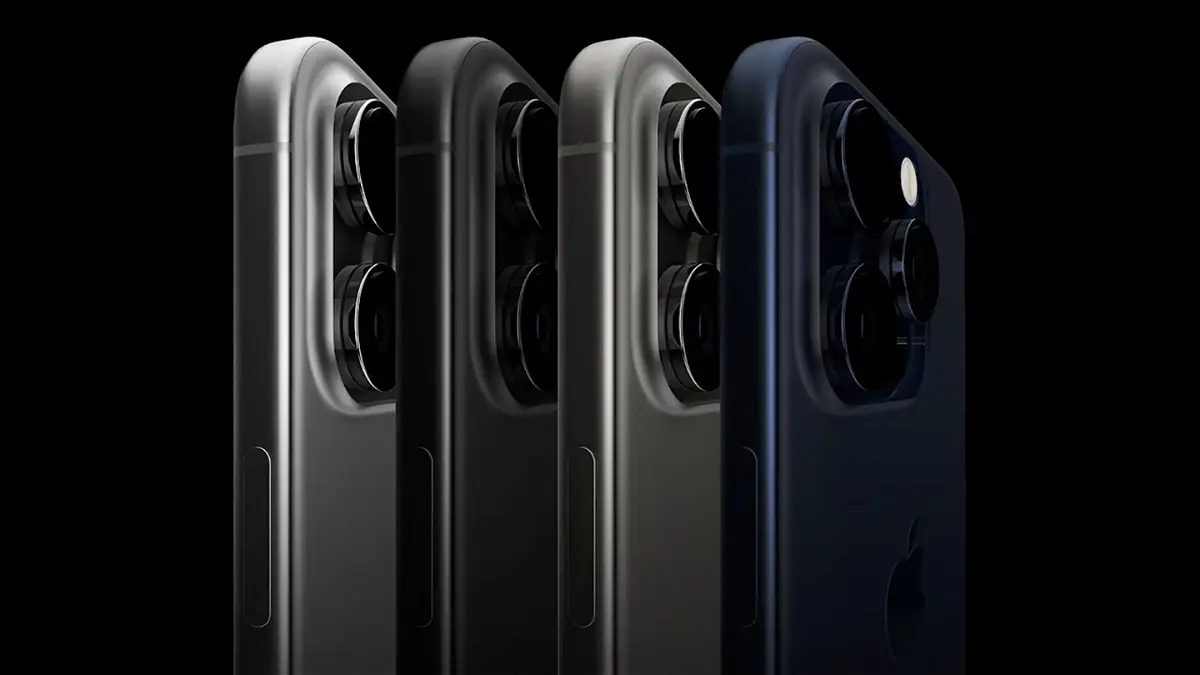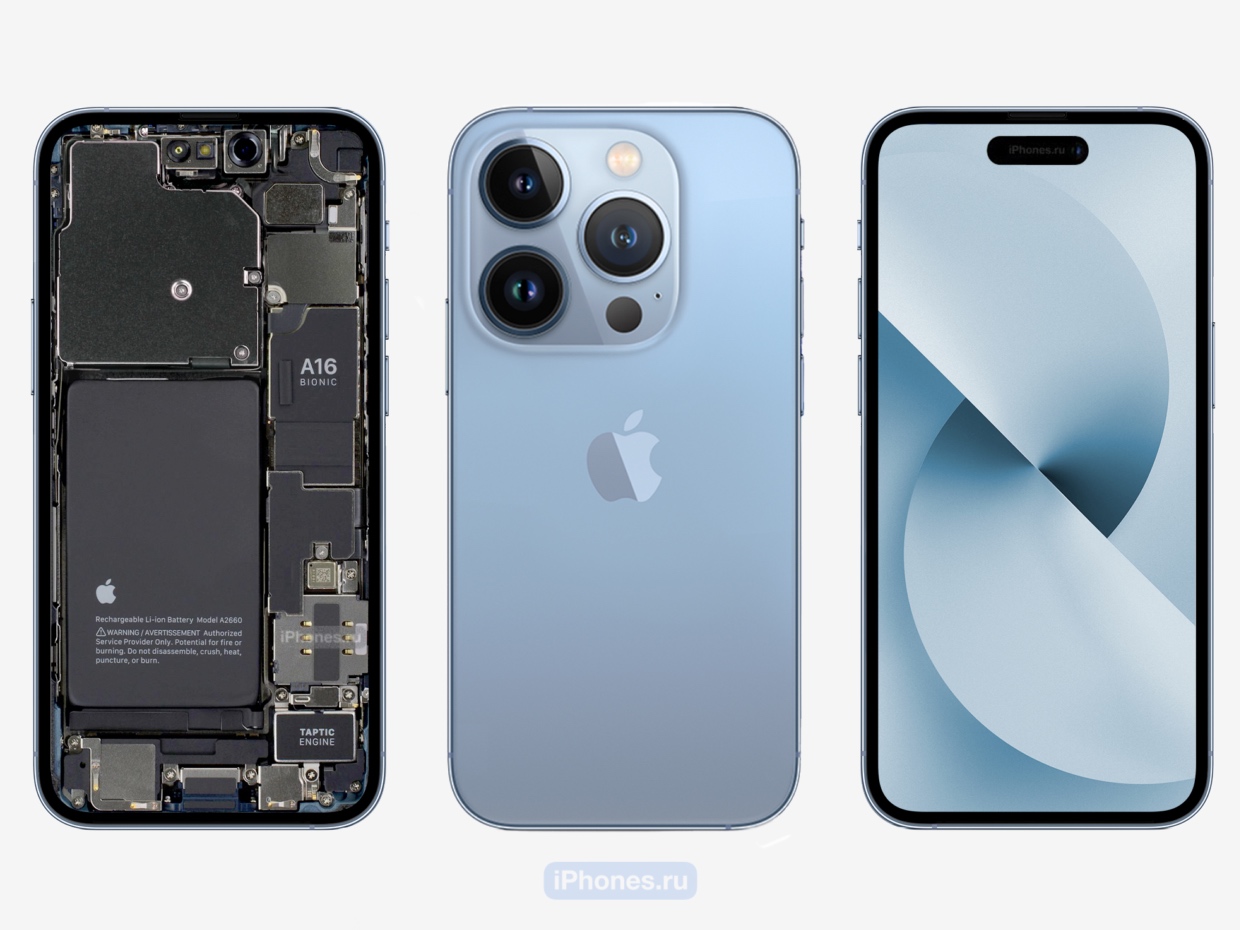According to the MIPT press service, this model integrates self-tuning into the learning process by optimizing parameters such as mass, friction and inertia based on data on position, speed and control signals.
Tests with the bipedal mini robot showed a 75% reduction in deflection and a 46% increase in range of motion. This approach eliminates the use of expensive sensors, as only data on its position, speed, and controlled signals are required to configure the robot.
MIPT graduate student Vyacheslav Kovalev noted the model’s ability to optimize parameters and create a virtual copy of the robot; this makes it possible to accurately reproduce scenarios from the real world.
“Usually, to accurately determine the parameters of a robot, you need to add a lot of expensive and inconvenient sensors to it. Our model uses only data about the position of the robot parts, their speed and control commands sent to its motors. Based on them, the simulator optimizes the parameters and configures a virtual copy of the robot. This allows it to ideally repeat the scenarios of real work,” said Kovalev.
Source: Ferra
I am a professional journalist and content creator with extensive experience writing for news websites. I currently work as an author at Gadget Onus, where I specialize in covering hot news topics. My written pieces have been published on some of the biggest media outlets around the world, including The Guardian and BBC News.









